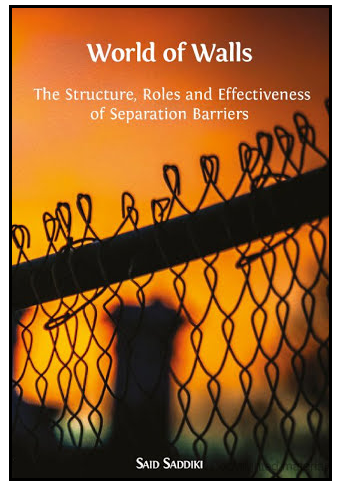
We can group information sources into three basic categories: primary, secondary, and tertiary. When we make distinctions between these three categories of sources, we are relating the information itself to the context in which it was created. Noting this relationship between creation and context helps us understand the big picture in which information operates, and prompts us to consider whose voices we are including in our research, and whose voices may be left out.
 Primary Sources are first-hand observations or experiences of an event. They can also be the original sources of information before they have been analyzed, such as statistical data sets. Examples of primary sources include:
Primary Sources are first-hand observations or experiences of an event. They can also be the original sources of information before they have been analyzed, such as statistical data sets. Examples of primary sources include:
 Secondary Sources are created after an event occurred and offer a review or an analysis of the event; they provide an interpretation of the primary source or data without offering new data. Examples of secondary sources would be:
Secondary Sources are created after an event occurred and offer a review or an analysis of the event; they provide an interpretation of the primary source or data without offering new data. Examples of secondary sources would be:
Tertiary Sources are compilations of information coming from secondary and primary sources; these can be lists or collections, and are generally reference material that can help you find, or direct you to, secondary and primary sources. Examples of tertiary sources include:

This work is licensed under a Creative Commons Attribution-NonCommercial-ShareAlike 4.0 International License. Some original content has been changed and remixed in accordance with the CC license.
Original attribution: Introduction to College Research Copyright © by Walter D. Butler; Aloha Sargent; and Kelsey Smith.